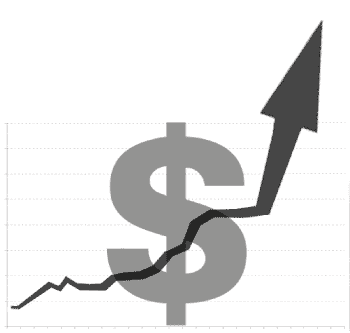FITZPATRICK

|
Assemblyman FITZPATRICK |

|
|
Combating the ‘Culture of Spending’ |
|
|
An Update on Spending for Long Island Taxpayers |

|
|
Assemblyman Michael Fitzpatrick “State spending continues to spiral out of control. We can never reduce New York’s sizable debt without taking a pragmatic look at where we are spending our money. If we want to reduce the burden we’re placing on future generations-on our children and their children-we need real reform.”
50 Route 111, Suite 202 • Smithtown, NY 11787 • (631) 724-2929 |
|
||
Current state debt is the fifth highest in the nation, costing $2,425 per person, per year. While this may not seem excessive, multiplied by the over 19 million residents, total state debt stands at $48 billion. This costly burden will be incurred by future generations. State spending per capita increased by 2.7% between 2004 and 2005, an increase of $190 per individual. An 8.7% increase in state spending this year will dramatically increase these percentages even further. While wages have increased with the 2.7% inflation rate, state taxes per person increased by 9% between 2004 and 2005. This was an increase of $230 per person. New York has the second highest state and local tax burden in the country, accounting for 12.9% of each individual’s share of income. |
|
“We must end this culture of spending money we do not have. . .we will finally learn to say ‘no’ to budget requests we simply cannot afford.” -Governor Spitzer, 2007 State of the State Address Despite these promises, state spending increased by 8.7% this year, vastly higher than the 2.7% rate of inflation. Spending and borrowing is clearly out of control, leaving New Yorkers with the highest taxes in the nation. Businesses and young adults continue to flee out of state, and yet New York state government has refused to alter its spending policies. I will continue to fight for fiscal conservatism, vote against excessive spending, and alleviate overburdened taxpayers. Taxpayers must speak out against excessive pork barrel spending, which has left the state in financial ruin, and crippled its ability to compete in the global economy. |
|
Steps Needed to Reduce State Debt |
|
|
Back |